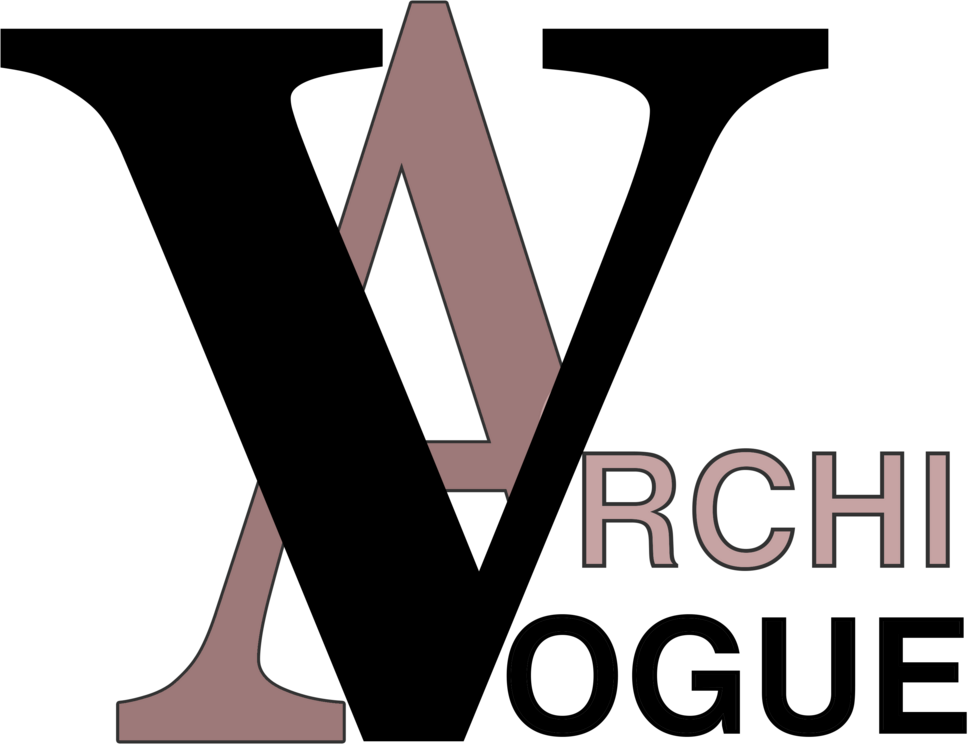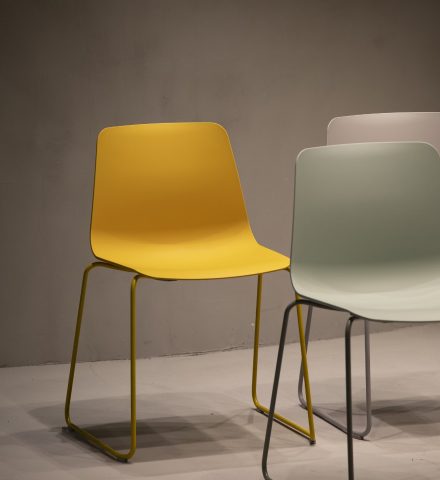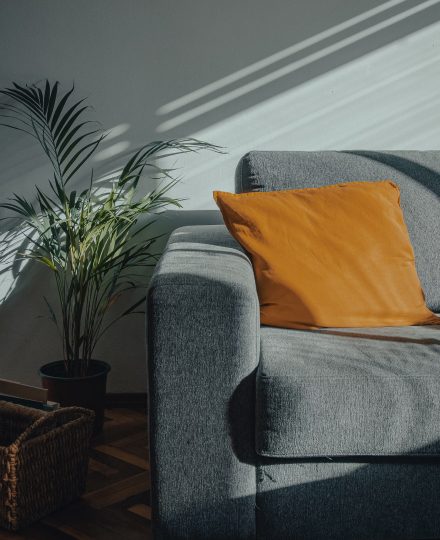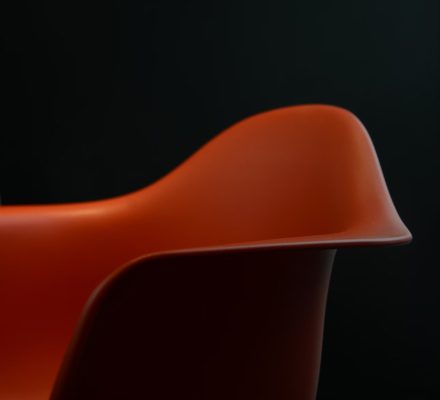ABSTRACT
Urban parking powerfully affects urban mobility and land use. This is where environmental effects, urban planning, architectural design, private organization, and public space can come together to make change. By developing a study between population density and streets in cities, dense cities provide a greater share of their land to streets but have less street space per person. The amount of street space is not increasing as compared to population density which is increasing rapidly. This leads to dense areas having less vehicle travel per person with higher congestion, resulting in traffic congestion and destruction to street life. So, it leads to the idea of leaving cars at your home or making parking garages multi-purpose places by adding the idea of green parking. This will be based on three research methodologies; comparative, theoretical, and graphical analysis.
Keywords: Green, Streets, Parking, Off-streets, public space, congestion
INTRODUCTION
Despite spending billions of rupees on different road projects in the recent few years, authorities in Lahore couldn’t overcome the traffic issues, which are a source of health and environmental hazards within the city. Lahore’s traffic mess remained a challenge for the authorities to pander to it but with each passing day, it’s getting worse. Though traffic signals are installed and traffic wardens also are deployed on different roads within the city to manage the flow of traffic, it proves ineffective very often.
While itinerant on any city road, one cannot make it without experiencing a traffic mess. This condition not only increases suffering for the commuters but also creates problems for the localities adjacent to the roads. In the past few years, the Punjab government completed three major infrastructure projects to manage the traffic issues within the city. These projects contain Metro public utility, signal-free Jail Road, and Ferozepur Road, so that the traffic flow can stay smooth, various flyovers, U-turns, and underpasses were constructed. The traffic mess, mostly witnessed within the peak hours, becomes terrible when commuters are in a rush, paying no heed to traffic rules. Rain also contributes to the current madness. The case is worst on important roads like Mall Road, Ferozepur Road, Multan Road, Shalamar Link Road, Queens Road, Allama Iqbal Road, Lytton Road, Temple Road, Mozanad Road, Canal Bank Road, and lots of other small arteries of the town.
During the last decade, Lahore observed a big growth in its population while the quantity of daily visitors has also increased bringing more vehicles on the roads. A rapidly growing population, a surge in vehicles, and a lack of city planning are a few factors causing traffic problems within the city. These are factors that create traffic congestion on signals of most roads in peak hours: in the mornings, when people leave for offices, schools, and colleges; in the evenings when the office and college crowd returns home. Every major road in the town presents an image not so pretty.
METHODOLOGY
In this paper, the researcher shall be using the qualitative research method by collecting and analyzing the previously available literature in the form of articles, journals, research papers, blogs, vlogs, thesis, videos, and interviews. Through deductive reasoning, the author shall settle the hypothesis.
ANALYSIS
Living in a very big city is often enjoyable as people get plenty of facilities and services, especially compared to the countryside. Thousands of individuals commute daily to search for employment within the cities. Cities offer modern infrastructure on top of services like employment, medical facilities, better education, better transport, entertainment, sports clubs, and quality food moreover safe and clean water.
Many people from rural backgrounds dream of maneuvering from their villages to cities. No doubt, one would cherish to measure in a huge city. But despite having these facilities, metropolitan cities, especially those in developing countries, have made the lives of urban communities a nightmare. Rather than facilitating the lives of individuals, now metropolitan cities and megacities have proved to be a hub of diseases and problems. Many problems that exist in cities are the result of poor planning and ineffective urban management. That’s why these problems may be called planning or more specifically, urban planning problems.
Cities face many planning-related challenges, which might be solved through flexible and problem-solving planning techniques. The biggest challenge that cities now face is urbanization. Before 1850, no city might be described as fundamentally urban but now, all industrial and fewer developed countries are urban. As time goes by, the cities have become increasingly urban as people living within the less developed societies move towards the urban living patterns, common in many advanced countries for some time.
Today, 54 per cent of the world’s population lives in urban areas, a proportion that is expected to increase to 66 per cent by 2050. Projections show that urbanization, combined with the overall growth of the world’s population, could add another 2.5 billion people to urban populations by 2050, with close to 90 per cent of the increase concentrated in Asia and Africa (UN DESA’s population division).
Rapid urbanization has resulted in hit-or-miss development in the urban areas and on the edge of the city, which has changed its landform. The uncontrolled urbanization results in many glitches in urban areas. It is challenging the urban managers and town planners to manage the urban population and disperse the urban activities to make the urban hubs free from over-congestion and encroachments, traffic jams, and pollution. Haphazard development has resulted in urban trails, Katchi Abadis, slums, and squatters in Lahore City, which is a challenging job for urban managers. This is mainly because of less reasonable housing provisions by the government and law enforcement authorities like the Lahore Development Authority (LDA).
Though urbanization is not a problem, rapid urbanization, which is usually not manageable, is a big problem.
Traffic load has now made the state of affairs worse for the people to move freely in the urban centers; upsetting the LOS (level of service) and road infrastructure. Traffic jams in urban areas are causing severe health issues, including headaches, depression, and mental disorders. Time delays, non-serious behavior of communal towards traffic rules, hurry to reach the journey’s end and poor implementation of traffic rules by law enforcement agencies have all deteriorated the situation.
We don’t have a housing difficulty; we have a land speculation problem. Land speculation is a worldwide phenomenon and many advanced countries have been suffering from this tumor for many years. Right now, Lahore is the hub of real estate in Pakistan.
DOCUMENTATION
Macro level

Meso level

One of the live examples that can be applied to the policy of streets and their relation with public spaces is the following;
- Looking into the movement on PIA road in Johar Town, Lahore the major congestion seen on the road is due to off-street parking on the main road.
- It is a small food street area when moving from Wapda town’s main roundabout to PIA and after that, there is a furniture market running all along the road.
- These furniture shops are displayed on the service road which needs to be used for fluent movement.
- Whereas if looking at the planning of Wapda town we can analyze what sort of setbacks and laws should be given.
- Around 5 to 6 years the main road of Wapda town was completely residential but after this year commercialization was started.
- We can see that due to residential planning before they had certain by-laws in which they had to leave space for parking which can also be seen now.
- All the commercial shops have their own parking space making the main road away from traffic congestion.
SCENARIO 1

SCENARIO 2


It can be taken into description that there should be a law passed that every commercial building especially on the foremost roads should follow the definite design criteria in which setbacks for parking would be mentioned for a better urban design.
INTERNATIONAL CASE STUDIES
The urban look of the Parking lot
Parking accommodations will remain a part of typical developments for the near term, particularly for a suburban city like Ocoee. Thus, there’s significant attention given to the design guidance for on-street and off-site parking. Street Type D offers an example of helpful on-street and off-site parking along a divided two-lane street—pedestrian and landscape spaces separate major parking areas from the road.

Street Type F removes the median and parking from one side of the street to reduce the right-of-way width as compared to Type D. It also widens the landscape buffer between the street and the parking allocation.

Parking Policies
- Pricing and enforcement to eliminate or reduce long-run on-street parking.
- There will be a considerable and progressive increase in parking rates for off-street multi-level parking rates, off-street surface parking, and on-street parking rates, therein order, to incentivize the use of off-street facilities.
- The rate of public parking is variable and differential supported by peak and non-peak demand and different categories of lands and colonies, exponentially increasing with the number of hours of use.
- No policy for parking will work unless there’s adequate, stringent, and effective enforcement against illegal/wrong parking.
- No-tolerance strategy to be imposed for parking on footpaths, walkways, and cycle tracks, through the portrayal of the Public Act.
- No environmentally sensitive lands shall be used for parking of any kind:
- Ridge
- Forests
- River Flood Plains
- Steep slopes
- Water Bodies/ Lakes
- Riparian zones
- Wetlands
- Storm Water Drains
- Wildlife sanctuary
- No green areas shall be converted and used for parking.
CONCLUSION
Traffic problems can be resolved enough through discoursing car-based mobility and encouraging access to destinations through non-motorized mobility. “Methods of increasing non-motorized mobility include providing bicycle-friendly roads, pedestrian pathways and safety of non-motorized users.”
Moreover, demarcation of all available on-street and off-street public parking facilities available for public and personal modes within the district. Along with numbering, marking, and signage plan.
There should be adequate space for cycle parking, cycle sharing, rickshaw stands, IPT stands, etc. within the entire district of off-street parking.

REFERENCE
https://www.pakistantoday.com.pk/2017/07/17/lahores-poor-traffic-flow-a-public-nuisance/
https://dailytimes.com.pk/496037/conspicuous-urban-planning-problems-of-lahore/

















